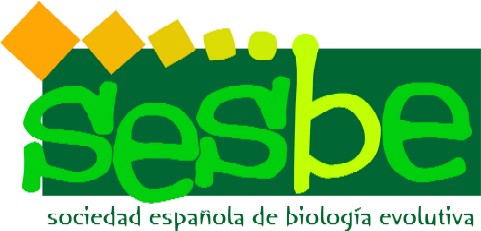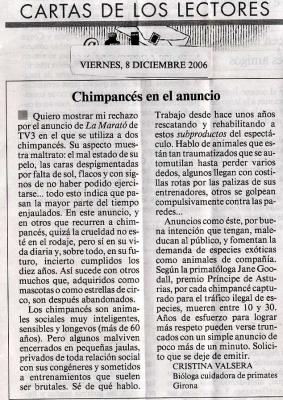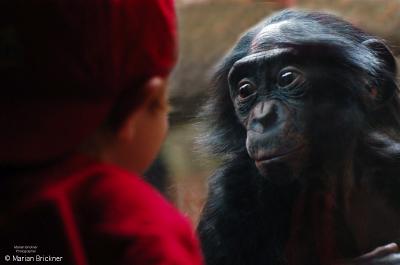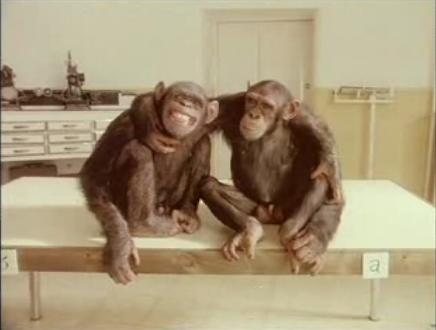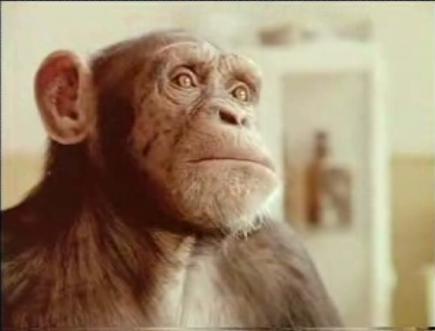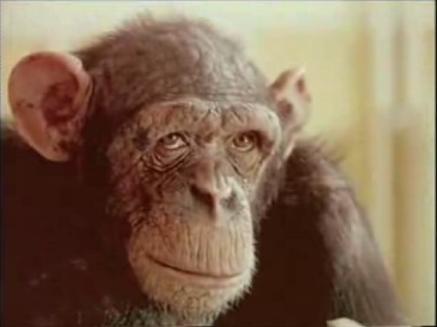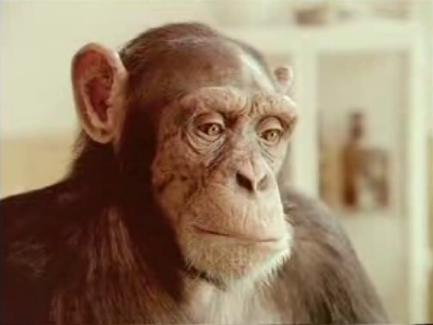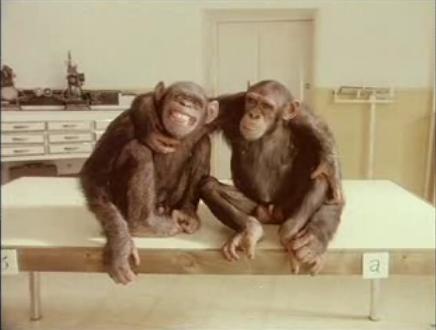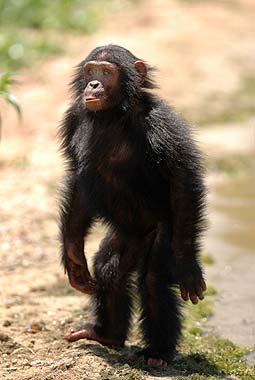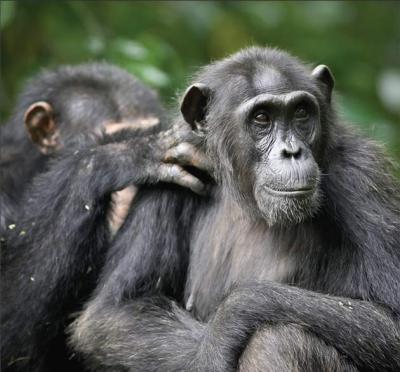Primates may have come along earlier than thought
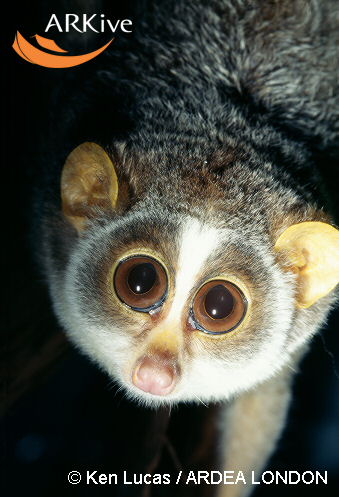
Article published Jan 16, 2007
Jan 16, 2007
Jonathan Bloch, curator of paleontology at UF's Florida Museum of Natural History, says his team's paper gives the first conclusive evidence that modern-day primates find their roots in mammals that lived 65 million years ago. Prior to this paper, the fossil record has only conclusively shown primates appearing 55 million years ago; what happened before then has been a matter of educated conjecture, Bloch said.
"The question (about primates) has been, where did they come from? What did they evolve from?" he said.
According to Bloch's conclusions, primates evolved from a mammal about the size of a small mouse with a skull no bigger than a grape. Other scientists have previously suggested these tiny archaic primates, called plesiadapiforms, could have been the earliest predecessors of primates. But Bloch was able to add new credibility to that hunch with a fossil discovery he made near Yellowstone National Park.
Accompanied by Doug Boyer, a graduate student in anatomical science at Stony Brook University and a co-author of the paper, Bloch ventured east of Yellowstone to Big Horn Basin near Cody, Wyo. By carefully dissolving freshwater limestone with acid, the crew uncovered the complete skeletons of two new species of plesiadapiforms, giving a holistic picture of the bodies of these animals and their primate features. Before that fossil discovery, scientists had been limited to fossil fragments like teeth, which didn't provide enough evidence for a scientifically acceptable conclusion about whether they were primates, Bloch said.
"(The new fossil) allows us to say these things are much more like primates than you could ever say looking at their teeth," Bloch said.
One of the species, called the Dryomomys szalayi, is the most primitive primate skeleton ever discovered, Bloch said, providing a picture of life tens of millions of years ago.
Bloch's paper, which will be the cover story in the Jan. 23 edition of "Proceedings of the National Academy of Sciences," helps to form a picture about exactly what happened on Earth after the dinosaurs went extinct. Mammals that had formerly kept a "low profile" in order to avoid the tenacious dinosaur literally began to branch out, moving farther along tree limbs to access food.
During a period of some 10 million years after dinosaurs went extinct, the emboldened and evolving plesiadapiforms became more like primates we know today, Bloch said. The early fossils suggest these animals would have initially only been capable of rudimentary grasping like a squirrel. But over time they would take on the characteristics of modern primates, which have grasping hands and feet, nails instead of claws, relatively large brains and an ability to jump from tree to tree, Bloch said.
Bloch's research wouldn't have been possible without the fossil discoveries of the two new species of plesiadapiforms he found in Big Horn Basin. What's fascinating about one of these fossils, Bloch says, is that it so closely resembles a tree shrew. That observation may not mean much at a cocktail party, but for paleontologists it demonstrates something rather remarkable. The tree shrew is a close relative of the primate, and this fossil - not surprisingly - illustrates a common ancestor between tree shrews and primates further down the evolutionary chain.
So what can be learned about humans from this apparent breakthrough?
"Ultimately, what it does is helps us understand where humans fit into the tree of life," Bloch said.
Along with Boyer, Bloch's paper is co-authored by anthropology professors Eric Sargis of Yale University and Mary Silcox of the University of Winnipeg.
Jack Stripling can be reached at 374-5064 or Jack.Stripling@gvillesun.com.
 Foto d'arxiu d'un gos. Foto: ARXIU / EL PERIÓDICO
Foto d'arxiu d'un gos. Foto: ARXIU / EL PERIÓDICO  Una nena observa els participants del Zoo Humà, a Adelaide. Foto: REUTERS / MATT TURNER
Una nena observa els participants del Zoo Humà, a Adelaide. Foto: REUTERS / MATT TURNER 